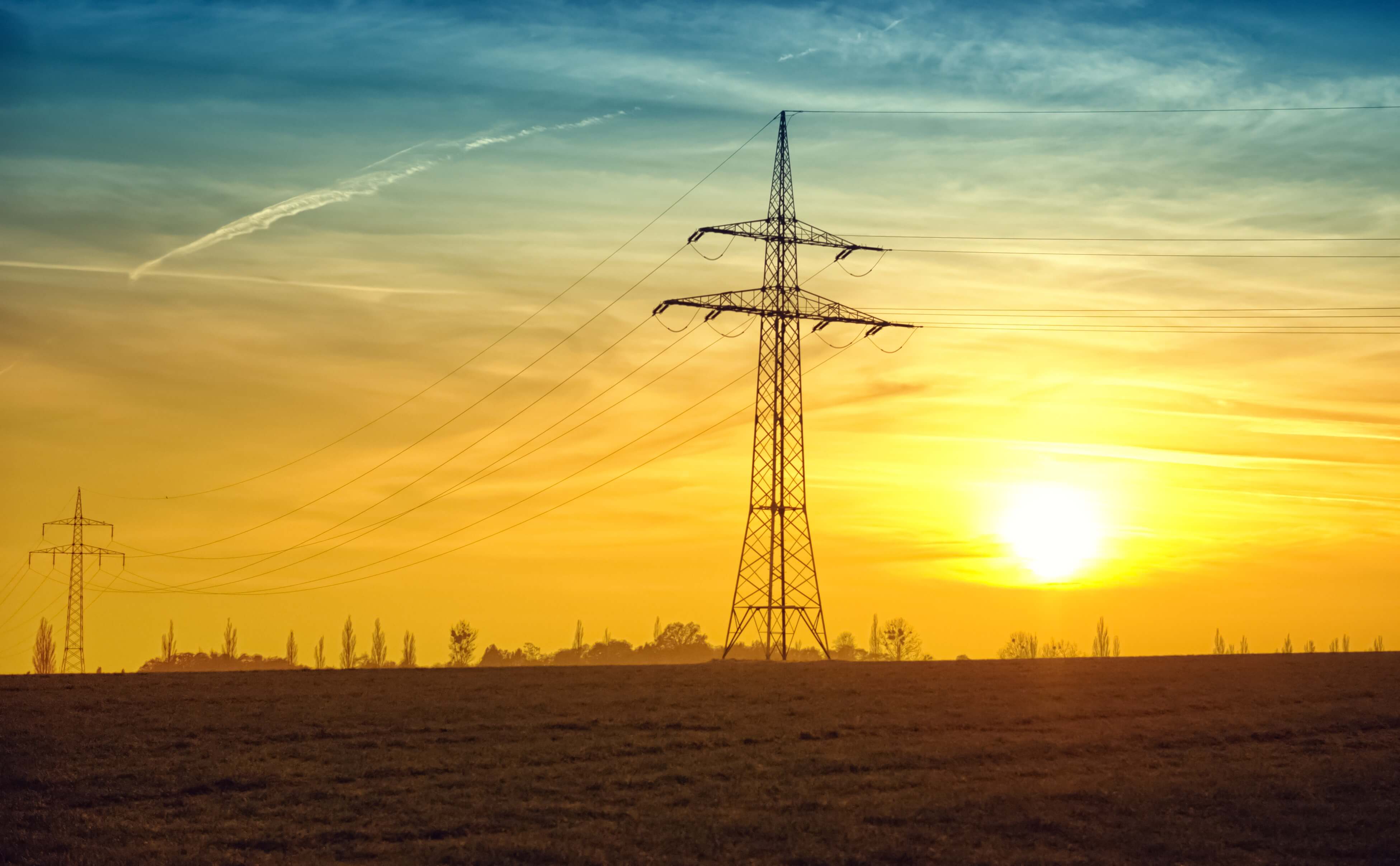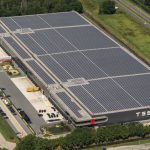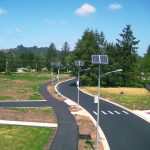
Take Advantage of Solar Savings
Before They End!
Federal and local savings are set to end before the first of the year. Take advantage of these savings now while time is left.
In the last five months, solar power costs have dropped by 25%. From the bid prices for recent power projects in China and Abu Dhabi, the decreasing cost of solar energy is now a permanent feature in the energy industry.
Early in August 2016, a bid price of $0.019/kWh was proposed to build a 500MW solar power plant in China. About six weeks after another bid of $0.023/kWh was accepted to construct a 1.2 GW solar power plant in Abu Dhabi. This levelized cost of producing electricity (LCOE) is about 25% less than the $0.0299/kWh that was offered at the end of April for some solar power projects in Abu Dhabi.
The drastic reduction in the prices of these projects is driven by three distinct factors – a glut in the Chinese solar panel market, the historically low-interest rates, and the technological research that offers new ways to reduce the unit cost of solar panels. Scientists are still discovering different ways to bring down the cost of solar cells and other related components. With the reduced cost of operation and maintenance, there’s almost no reason why solar power costs will rise again.
In addition, these two solar projects are influenced by other peculiar environmental factors. In Abu Dhabi, sunlight is more abundant than most other parts of the world. A solar panel installed in Abu Dhabi will deliver 10 to 40 percent more power than in China. China, on the other hand, enjoys one of the lowest prices per kilowatt, which is about 80% less than the price in Abu Dhabi. Chinese solar energy also receives government incentives of about $0.18/kWh to $0.156/kWh but solar energy in Abu Dhabi is currently without incentives.
The rapid drop in solar cell prices between the first and third quarters of this year is one of the greatest drivers for the overall project price fall of solar projects. For instance, the price of the Tier 1 panels (delivered in 1 MW volume) to the U.S. has dropped from about $0.60/W to $0.45/W, which is equivalent to a price drop of about 25%. In the Middle East, utility-scale solar power projects are being constructed at prices far below $1/W, so a reduction in panel prices of about $0.20/W will lead to a purchase price of $0.30/W.
In other locations, solar project prices have also fallen significantly. A recently approved 100 MW solar project in Nevada is delivering power at $0.04/kWh. In Chile, the interim records are set at $0.0291/kWh while in India, a solar power boom has taken place due to the rapid reduction in Chinese solar panel prices.
These falling prices have far-reaching consequences, especially where there is public backing for taxing of environmentally unfriendly energy producers. As more solar projects are developed due to low prices, we will see electricity users enjoying incentives to use energy at the peak periods. Infrastructure is now being developed to harness the excess electricity available at midday – more batteries are available for energy storage, new trunks are being constructed to link countries, hydrogen will be produced to power cars and water pumped into overhead tanks for future use. In the near future, we will adjust the time when we manufacture products, power transportation, and clean up our water. What a great time it is to be alive and see the many advancements in cleaner, more environmentally friendly energy production. Solar is not only the wave of the future, it’s happening now!
If you are wanting to slash your bills by at least 50 percent, give Solar 360 a call. We’ll answer all of your questions and get you started down the road to solar power freedom.









